Q1: If I make a contribution in early January 2017, can I claim it on my 2016 taxes?
A: No. Contributions must be claimed in the year in which they are delivered.
EXAMPLE
Mary writes a check to the church on December 31, 2016, and deposits it in the church offering on Sunday, January 3, 2017. Her check is not deductible on her 2016 taxes. She can claim it on her 2017 tax return.
Q2: If I mail my contribution in December 2015, but it doesn’t reach the church until January 2016, which year should I claim it?
A: On your 2016 tax return. A check that is mailed is deductible in the year the check is mailed (and postmarked), even if it is received early in the next year.
EXAMPLE
Sam mails (and postmarks) his check in December 2015. The church will not receive the check until January 2016. The check is deductible on Sam's 2015 tax return.
Q3: Can I deduct the value of the volunteer work I did for church?
A: No. The value of personal services are never deductible as a charitable contribution. However, unreimbursed expenses you incur in performing services on behalf of the church may be. For 2016, you can use a “standard mileage rate” of 14 cents to compute a deduction for any miles your drive in performing services for the church. Be sure to maintain accurate records.
EXAMPLE
Several church members go on a short-term mission’s trip to another country. The value of their labor is not deductible, but they can deduct their unreimbursed travel expenses (transportation, meals, lodging) incurred in performing the trip.
Q4: I gave $135 to my church when I registered for a spring retreat. Can I deduct that?
A: No, assuming you received benefits (e.g. lodging, instruction, materials) worth $135 or more. Contributions generally are deductible only to the extent they exceed the value of any premium or benefit received by the donor in return for the contribution.
Q5: I designated my contribution to the church benevolence fund. Is it deductible?
A: That depends. “Designated contributions” are those made to a church for a specific purpose. If that purpose is an approved project or program of the church, you can deduct the contribution.
Example: You donate $200 to the church and instruct the church treasurer to give the $200 to a specified needy family in the church. This contribution is not tax-deductible.
Contributions to the church that designate a particular missionary may be tax-deductible if the church exercises full administrative control over the contribution and ensures that they are spent in furtherance of the church’s tax-exempt purposes.
Example: You donate $75 to a church missionary. This contribution is tax-deductible, even though it names a missionary, so long as the church has full administrative and accounting control over the funds.
Q6: What kind of records do I need in order to prove I made a contribution?
A: That depends:
For an individual cash contribution of under $250: You must have a bank record (such as a canceled check) or a receipt from the church containing the church’s name, and the date and amount of each cash contribution.
For individual contributions (cash or property) of $250 or more: You must receive a written receipt from the church with the church’s name, the date and amount of each contribution, and states whether you received goods or services for your contributions (and if so, a description and good faith estimate of the value of the goods or services received). If you received no goods or services for the contributions, then the receipt must say so or indicate that only “intangible religious benefits” were received. If you’ve made individual contributions of $250 or more, don’t file your federal income tax return until you receive a contribution statement from your church that satisfies these requirements. Otherwise, your contributions may not be deductible. Canceled checks cannot be used to substantiate cash contributions of $250 or more.
For non-cash property valued at $500 or more: Other rules apply (see instructions to IRS Form 8283). If the value is more than $5,000, you must obtain a qualified appraisal of the property and attach an “appraisal summary” (IRS Form 8283) to the tax return on which the contribution is claimed. Some exceptions apply.
Q7. How do "Qualified Charitable Distributions" work?
The Consolidated Appropriations Act of 2016 made permanent qualified charitable distributions (QCDs) from individual retirement accounts. A QCD allows annual direct transfers to a qualified charity of tax-deferred IRA savings. Funds must be made payable to the charity, not the IRA owner.
The benefit to the donor is realized in the lowering of adjusted gross income, while fulfilling the required minimum distribution.
Requirements
- Only individuals who’ve attained age 70 ½ may make QCDs.
- Venture Christian Church is a qualified charity to accept such distributions.
- QCDs may be made from any IRA or individual retirement annuity, but not from a simplified employee pension, a simple retirement account or an inherited IRA.
Making the Contribution
Contact the financial institution holding the IRA Account. Inform them of your desire to make a QCD.
Church of the Chimes
1447 Bryan Ave
San Jose, CA 95118
The check must be payable to Church of the Chimes. It won’t qualify if the trustee or custodian makes the mistake of putting IRA money in a non-IRA account of yours as an intermediate step. It won’t qualify if the check is made out to you. The law doesn’t provide a way to correct mistakes. The Internal Revenue Service has said that a check from an IRA may be made payable to a charitable organization described in section 408(d)(8) and delivered by the IRA owner to the charitable organization.

